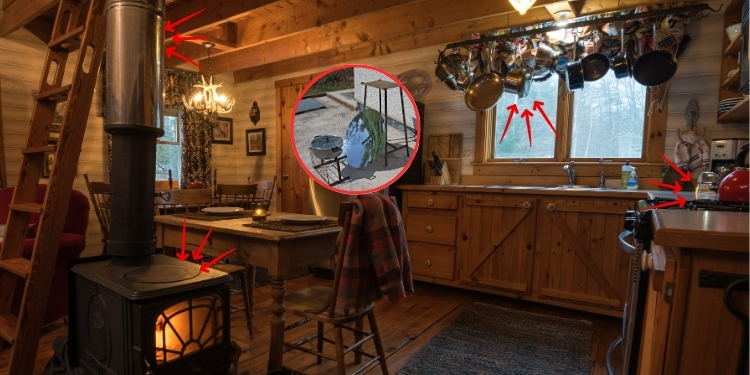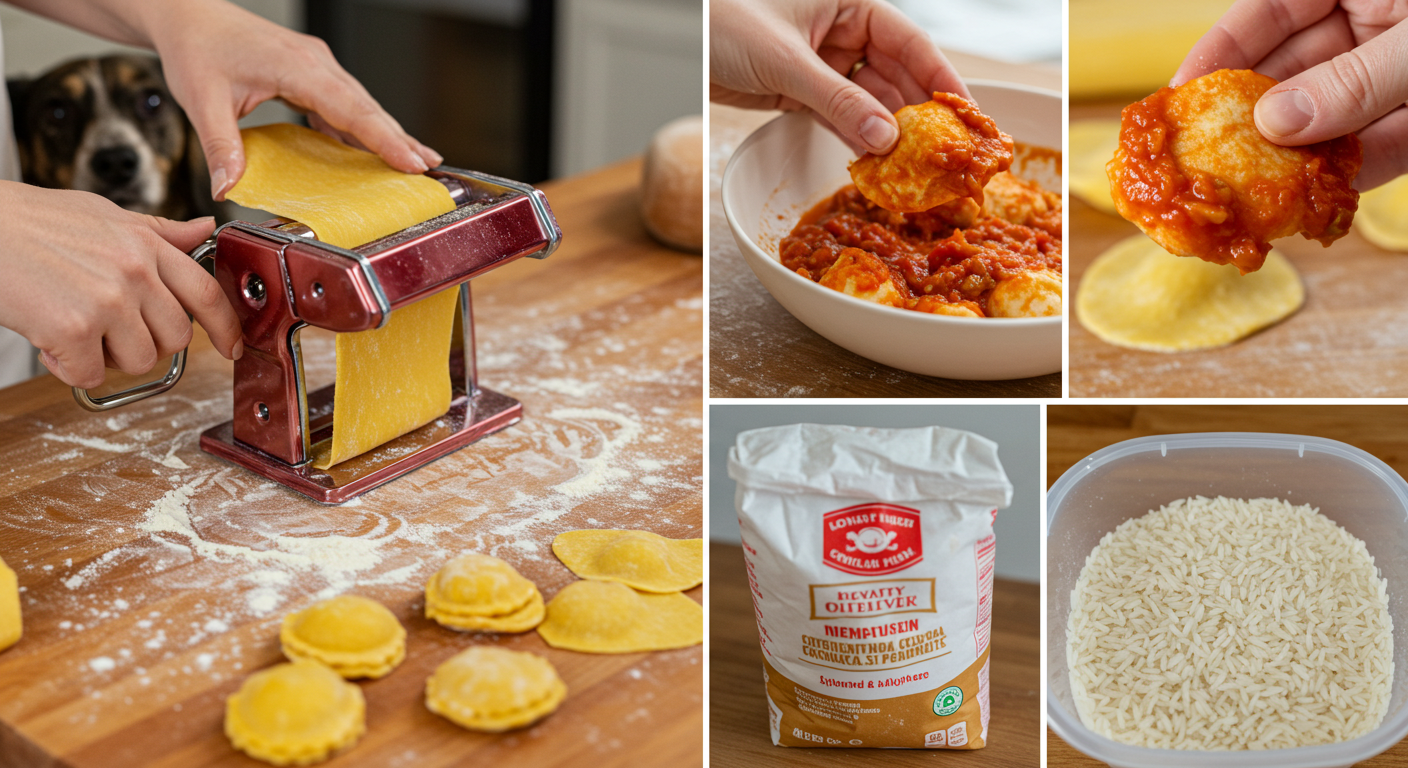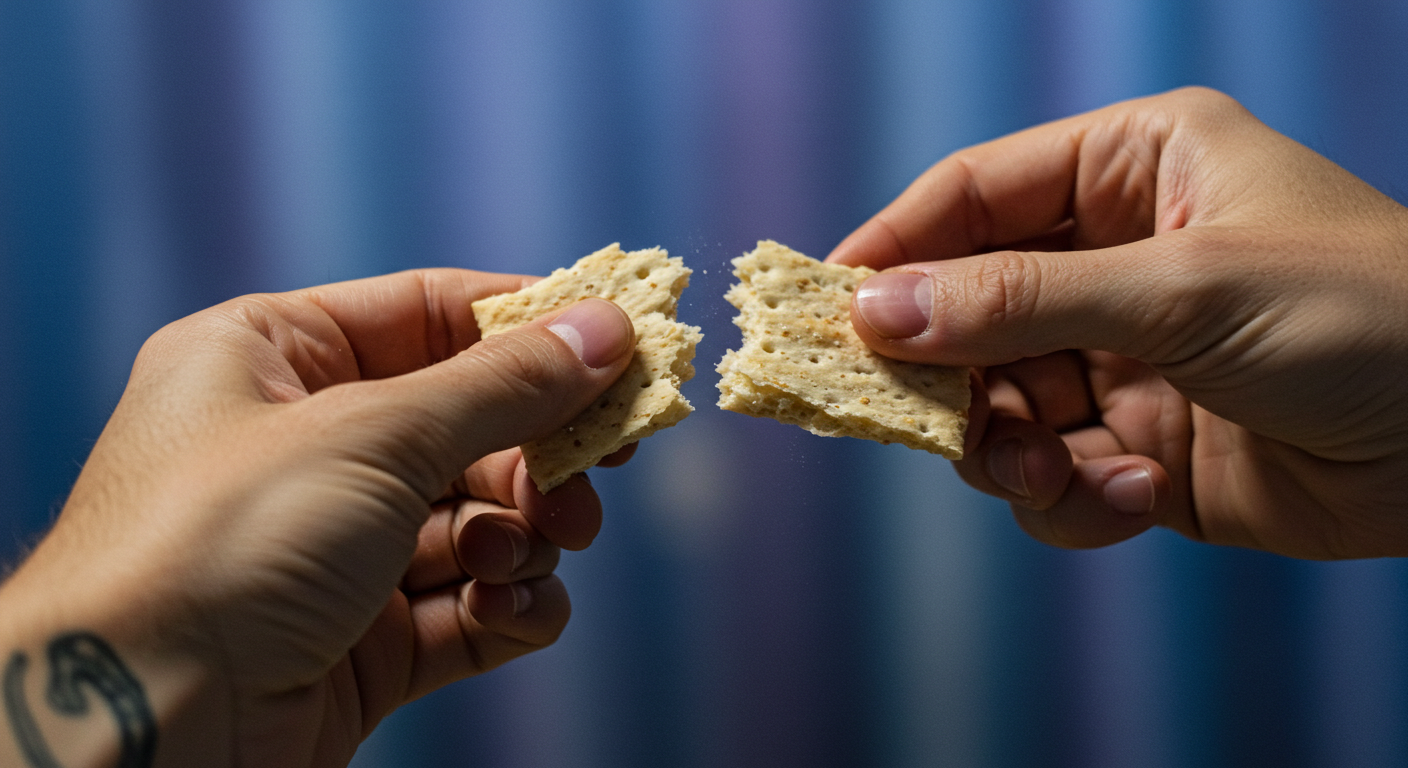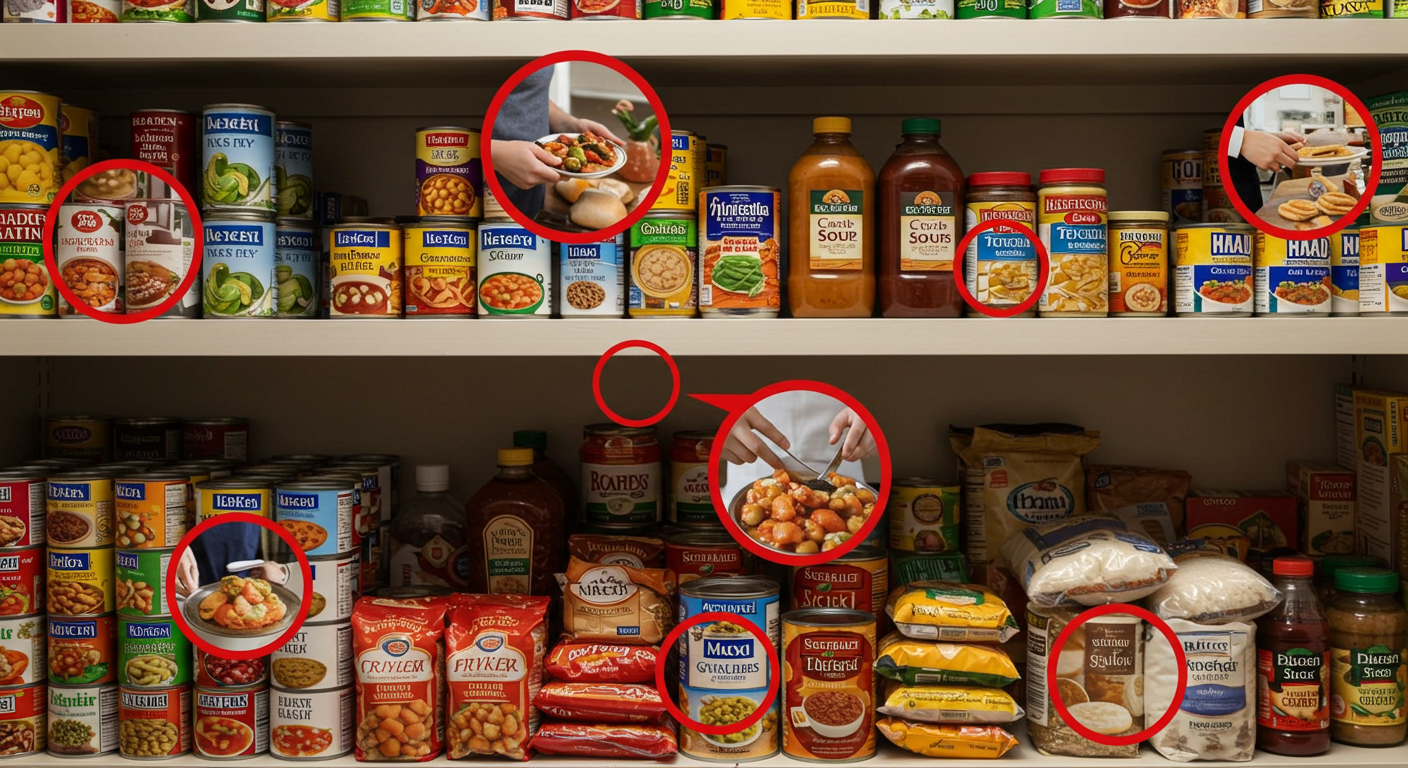“Everyone has a plan until they get punched in the mouth.” This old boxing axiom perfectly describes what happens when a crisis hits. When people get “punched in the face” by a major calamity like the 2020 riots or the COVID-19 lockdowns, they stay home. They bug in.
Your home is your survival headquarters. It’s where your gear, food, water, and people are. To leave it behind would require an imminent threat to your life. So, it’s essential to get good at bugging in, and that starts with your kitchen. A well-prepared bug-in kitchen will ensure you can handle all your meals and food prep, even without electricity.
1. Bulk Spices: Flavor is Morale
Most preppers buy food in bulk, but many overlook spices. While a small bottle of chili powder might last you a long time in normal life, cooking three meals a day for an extended period will quickly deplete your supply.
Spices are more than just a flavor-enhancer; they are a morale booster. In a stressful situation, a good-tasting meal can provide a much-needed sense of normalcy.
Consider buying these spices in large, 18-ounce containers:
- Ground Garlic
- Garlic Salt
- Black Peppercorns
- Chili Powder
- Dried Basil
- Dried Oregano
- Dried Sage
- Red Chili Flakes
- Italian Seasoning
- Seasoned Salt
- Cinnamon
Beyond flavor, many of these spices are also powerful natural remedies. Learning to use them for health purposes can add another layer of security to your bug-in plan.
2. Naked Food Prep: Master Manual Skills
In a grid-down scenario, your electric kitchen appliances will be useless. Can you make dough without a kitchen aid or chop ingredients without a food processor?
Now is the time to practice what I call “naked food prep.” Learn to use a knife for all your chopping and mincing needs. Practice kneading dough by hand. This will not only prepare you for a blackout but also improve your knife skills and forearm strength.
Mastering manual food preparation will make you resourceful in any situation and ensure you’re not dependent on modern gadgets to feed yourself or your family.
3. Add an Alternative Stove
If the power goes out, your electric stove and microwave go with it. A well-prepared bug-in kitchen has more than one way to cook.
- Propane Stove: A portable two-burner camping stove is an excellent backup. With an adapter, you can connect it to a large 20-pound propane tank and cook for days. Always use gas stoves outdoors for safety.
- Wood Stove: A wood stove is a more expensive option, but it serves a dual purpose as both a cooking surface and an off-grid heater. It can be an invaluable asset in a long-term disaster.
- Solar Oven: The sun is a powerful, free resource. A solar oven can cook entire meals and even bake bread with nothing but sunlight. You can buy a pre-made one or build your own.
4. Stockpile Good Oils and Fats
Most people don’t store nearly enough cooking oil. Fats are a high-calorie necessity and can be difficult to source in a post-collapse world.
- Cooking Oils: Stockpile large amounts of the oils you use most, and be sure to rotate your stock regularly, as they will go rancid over time.
- Animal Fats: Rendered animal fats like lard and tallow are excellent for cooking and can be used for light and heat. Store them in sealed containers in a cool, dark place. The Amish have been using these methods for generations.
5. Make Double and Can It
One of the sneakiest ways to build a stockpile is to double your recipes. When you make a batch of spaghetti sauce or chili, make twice as much as you need. The leftovers can be canned in mason jars for quick, easy meals in a crisis. This turns a single night of cooking into a week’s worth of shelf-stable meals.
This method not only saves you money but also saves you time and energy when a disaster hits. You’ll be able to serve a hot, home-cooked meal without having to start from scratch.
6. Add Stones for Baking
You don’t need a fancy pizza stone to bake with a stone. The bottom of a ceramic planter or any oven-safe stone can hold heat remarkably well. A stone will give you a perfect crust on bread, and it works with any heat source, including an open fire or a solar oven.
Final Thoughts
Disaster-proofing your meals doesn’t take much. When the lights go out, a prepper’s first instinct is to grab a blackout kit. But what most people don’t consider is how to get food prep back up and running.
While a bag of freeze-dried food might get you through a short-term power outage, a long-term grid failure requires you to be able to cook multiple meals a day. It’s time to build a bug-in kitchen that is ready for anything.
What are some things you have added to your bug-in kitchen?




